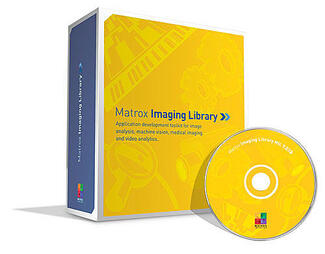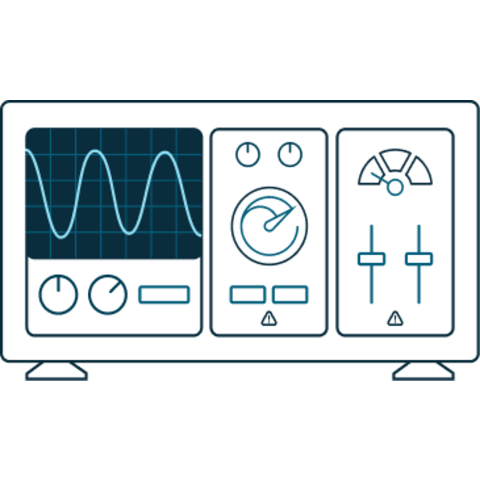Focus Microwaves - Manual Wideband Tuners 0.4-18GHz
Discover Focus Microwaves' versatile MMT series of manual tuners, offering octave and multi-octave bands from 400MHz to 18GHz. With the same RF technology and precision as our automatic tuners, they ensure high VSWR at the DUT reference plane for reliable performance. Enhance harmonic tuning with options -H2 and -H23, inspired by our harmonic rejection tuners (PHT). Experience precision in manual tuning with Focus Microwaves.
|
Model |
Min Frequency |
Max Frequency |
Datasheet |
|---|---|---|---|
|
MMT1804 |
0.4 GHz |
18 GHz |
|
|
MMT1808 |
0.8 GHz |
18 GHz |
|
|
MMT304 |
0.4 GHz |
3 GHz |
|
|
MMT306 |
0.6 GHz |
3 GHz |
|
|
MMT308 |
0.8 GHz |
3 GHz |
|
|
MMT316 |
1.6 GHz |
3 GHz |
|
|
MMT606 |
0.6 GHz |
6 GHz |
|
|
MMT704 |
0.4 GHz |
7 GHz |
|
|
MMT708 |
0.8 GHz |
7 GHz |
|
|
MMT716 |
1.6 GHz |
7 GHz |
|
|
MMT808 |
0.8 GHz |
8 GHz |
More Product Information
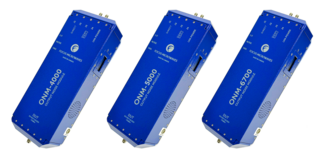
Focus Microwaves introduces a cutting-edge noise measurement system comprising three integral components: the Input Noise Module (INM), Output Noise Module (ONM), and Noise Module Controller (NMC). This system extracts precise noise parameters, offering rapid, stable measurements and optimized performance with dedicated software for calibration and analysis.
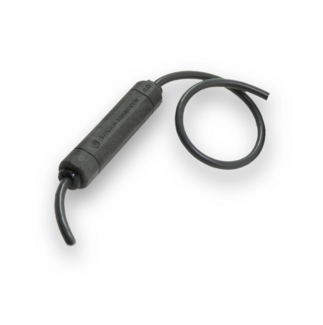
- The I3 and I3S Inline Controllers provide overdrive strobe and continuous operation to lights from a small package when larger, more versatile external controllers are not necessary.
- Switching between continuous-on, gating on/off and strobe overdrive is seamless. The I3 and I3S employ Ai’s exclusive Adaptive OverdriveTM that optimizes strobe power regardless of input Pulse Width.
- The I3 is a default-on device on power-up, whereas the I3S is a default-off device, requiring a trigger to illuminate.
- All ICS models employ reverse input polarity protection.
- Provides continuous-on and DC gating on/off control as well as 0-10 volt analog dimming. 30 uSec response time.
- A wash down version of all ICS drivers is provided automatically with any wash down light to which it is attached.
- 0 – 100% Intensity Control with optional DCS-MP, purchased separately, will provide manual intensity control via an external potentiometer.
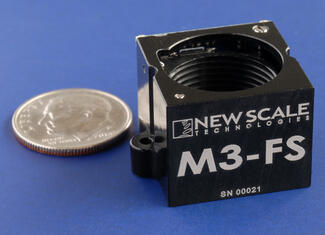
- Tiny “all-in-one” solution: no external control board needed
- Superior image quality: sub-micron lens movement with very low tilt. Now with higher dynamic stability
- Low voltage & power: 3.3 VDC input, zero power position hold
- Simple system integration: accepts high-level motion commands over standard serial interface (I2C or SPI)
- Flexible, production-ready system: compatible with M8 to M16 lenses and with typical image formats from 1/3” to 1/1.8”
- Lowest cost, fastest time to market: Fully-engineered “plug and play” solution
-
Auto gain (manual gain control: 0 to 33 dB)
-
Auto exposure (manual exposure control: 15 µs to 26.8 s)
-
Auto white balance (GT4905C only)
-
Binning (horizontal and vertical)
-
Color correction, hue, saturation (GT4905C only)
-
Column defect masking
-
Decimation X/Y
-
Gamma correction
-
Three look-up tables (LUTs)
-
Region of interest (ROI), separate ROI for auto features
-
Reverse X/Y
-
EF lens control (order option -18)
-
Event channel
-
Image chunk data
-
IEEE 1588 Precision Time Protocol (PTP)
-
RS232
-
Storable user sets
-
StreamBytesPerSecond (bandwidth control)
-
Stream hold
-
Sync out modes: Trigger ready, input, exposing, readout, imaging, strobe, GPO
-
Tap mode switchable in Vimba Viewer 2.0 or later (four-tap, one-tap)
-
Temperature monitoring (main board and sensor board)
-
Trigger over Ethernet (ToE) Action Commands
-
Auto gain (manual gain control: 0 to 32 dB)
-
Auto exposure (manual exposure control: 10 µs to 26.8 s)
-
Auto white balance (GT1660C only)
-
Binning (horizontal and vertical)
-
Color correction, hue, saturation (GT1660C only)
-
Column defect masking
-
Decimation X/Y
-
Gamma correction
-
Three look-up tables (LUTs)
-
Region of interest (ROI), separate ROI for auto features
-
Reverse X/Y
-
P-Iris and DC-Iris lens control
-
Event channel
-
Image chunk data
-
IEEE 1588 Precision Time Protocol (PTP)
-
RS232
-
Storable user sets
-
StreamBytesPerSecond (bandwidth control)
-
Stream hold
-
Sync out modes: Trigger ready, input, exposing, readout, imaging, strobe, GPO
-
Tap mode switchable in Vimba Viewer 2.0 or later (four-tap, one-tap)
-
Temperature monitoring (main board and sensor board)
-
Trigger over Ethernet (ToE) Action Commands
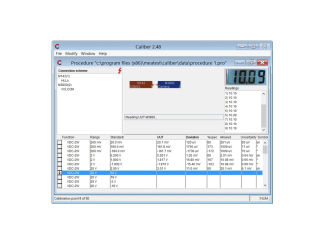
Software for calibration automation. Available with CamOCR Camera Readout module. Caliber can run autonomous calibrations through remote control or provide guidance to operator in manual mode. Calculated results and uncertainties can be exported to WinQBase or third party software.
- Automatic calibration of instruments
- In line with ISO17025 and other metrology standards
- Automated optical readout module for multimeters
- Users are free to add any custom standard or DUT

-
Defect pixel correction (on/off)
-
Fixed pattern noise correction (on/off)
-
Region of interest (ROI)
-
Gain (manual control, 0 to 20 dB)
-
Exposure (manual control, 44.2 µs to 1.4 s)
-
Gamma correction
-
Reverse X
-
DeviceLinkThroughputLimit (easy bandwidth control)
-
Sync out modes: Waiting for a trigger, exposing, readout, imaging
-
Storable user sets

-
Auto gain (manual gain control: 0 to 22 dB)
-
Auto exposure (manual exposure control: 100 µs to 1 s, 1 µs increments)
-
Binning (horizontal and vertical) (sum)
-
Decimation X/Y
-
Enhanced Defect Pixel Correction (DPC)
-
Fixed Pattern Noise Correction (FPNC)
-
Gamma correction
-
Three look-up tables (LUTs)
-
Region of interest (ROI)
-
EF lens control (order option -18)
-
Event channel
-
Image chunk data
-
IEEE 1588 Precision Time Protocol (PTP)
-
RS232
-
Storable user sets
-
StreamBytesPerSecond (bandwidth control)
-
Stream hold
-
Sync out modes: Trigger ready, input, exposing, readout, imaging, strobe, GPO
-
Temperature monitoring (main board and sensor board)
-
Trigger over Ethernet (ToE) Action Commands

Focus Microwaves
Focus Microwaves is a pioneering engineering company, built around the innovations of its founder Dr. Christos Tsironis who developed his first manual tuner in 1973 and is the inventor of most existing electro-mechanical tuner families. The success of Focus is based on the engineering and manufacturing skills of its highly motivated and experienced team of engineers and technicians, who have been trained and encouraged to develop new technologies. In addition, listening to our customers needs and insights helps us discover and develop new and measurement methods on an ongoing basis, relentlessly pushing the limits of what is possible.
From humble beginnings in 1988, Focus has become the main supplier of advanced Load Pull and Noise Tuner Systems. Our mission is to provide effective, reliable and innovative solutions for non-50 Ohm testing (Noise and Load Pull) of RF microwave transistors, thus enabling our customers to compete in the marketplace with better designs and to advance the understanding and knowledge of the field.
Contact Details
Focus Microwaves Inc. Main Head Office
4555 Chem. du Bois-Franc, Saint-Laurent, QC H4S 1A8, Canada
Phone: +1-514-684-4554
Test & Measurement

